The Central River Division’s Lower Saloum is one of the poorest regions in The Gambia. Most people in the villages of Lower Saloum are engaged in subsistence agriculture – there is a recognized ‘hungry season’ when little food is available, but agricultural labor is most intense. There are serious environmental and ecological vulnerabilities, especially with increasing desertification. Lower Saloum is home to Kaur, one of Lower Saloum’s market towns, once had a groundnut processing plant, with associated export trade via the River Gambia, but this ceased over a decade ago. Lower Saloum is home to mangroves, which are located at the interface of land and sea in tropical regions, and offer a considerable array of ecosystem goods and services. Mangrove ecosystems are highly effective carbon sinks, sequestering vast amounts of carbon within the soil, leaves, branches, roots, etc. This is the second phase of our Lower Saloum District Handpump Repair Tour.
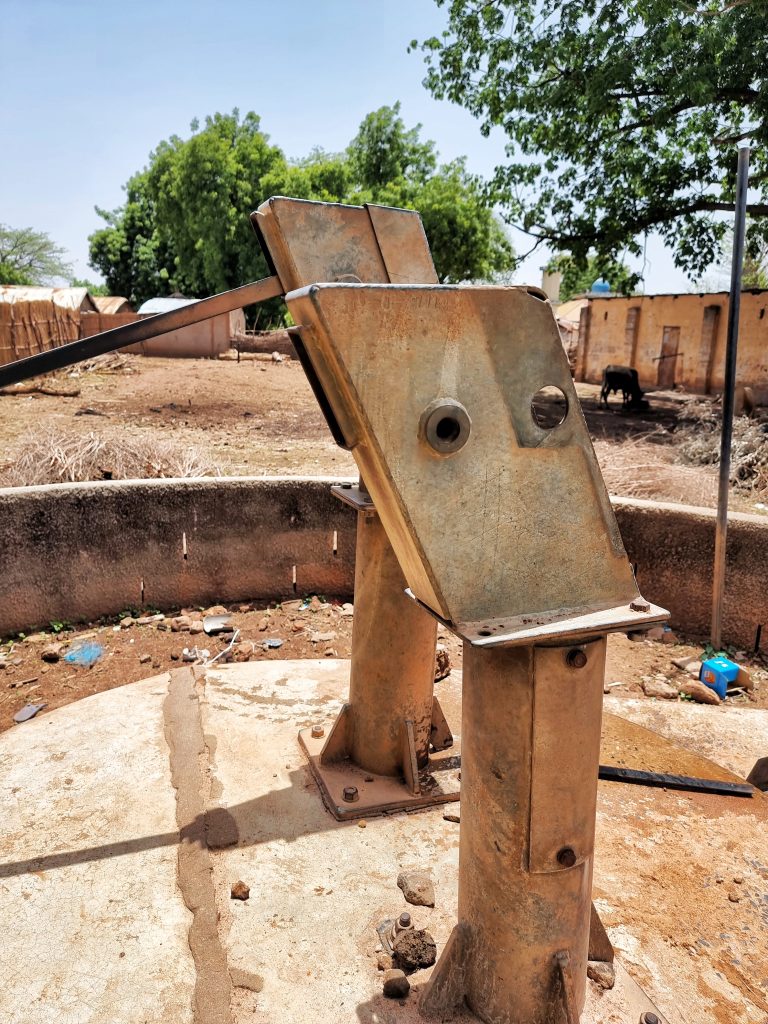
Ballanghar Kerr Jibel Village (GPS Coordinates: N13ᴼ39.453 W015ᴼ24.801) Estimated population: 550
After dewatering and sanitizing the well, we will replace the twin handpump’s two cylinders, two conversion heads, and rod couplings; we will construct a concrete water trough, plus a handwashing station.
Tabaworo Nyukulum (GPS Coordinates: N13ᴼ39.768 W015ᴼ22.921) Estimated population: 200
We will replace the well’s conversion head, cylinder, and rod couplings; we will install two stainless steel pipes, add extra ground concrete, as well as construct a concrete water trough and handwashing station.
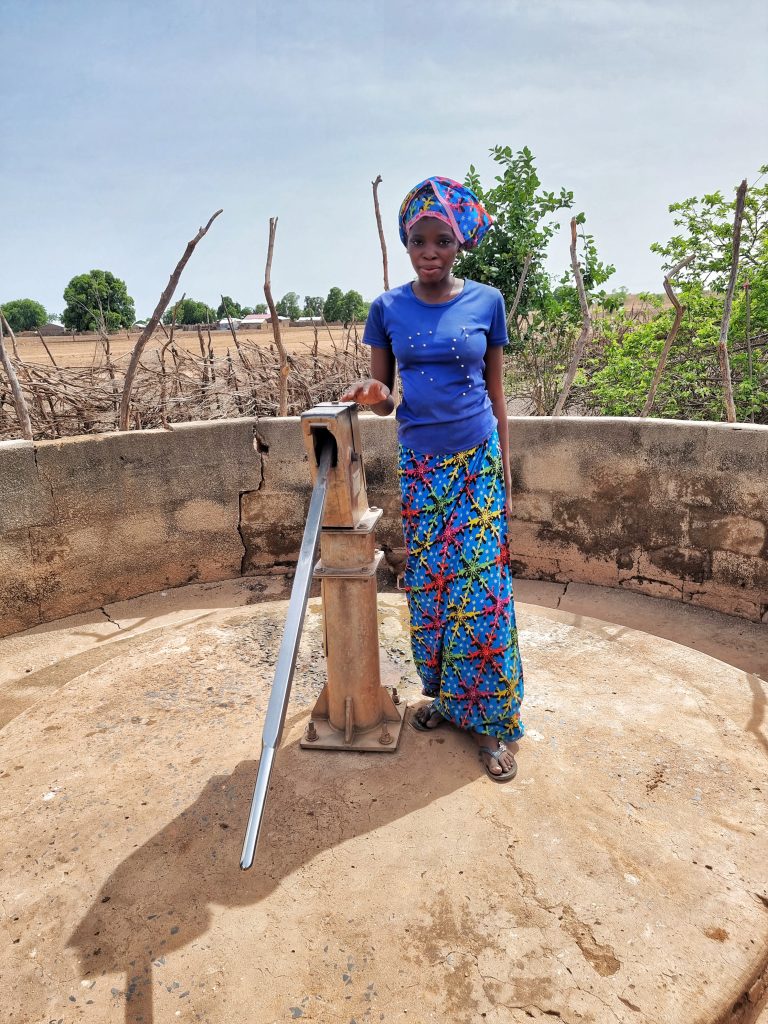
Kerr Lien (GPS Coordinates: N13ᴼ40.257 W015ᴼ23.841) Estimated Population: 250
We will replace the conversion head, the cylinder, and the rod couplings; we will install one stainless steel pipe, a concrete water trough, plus a handwashing station.
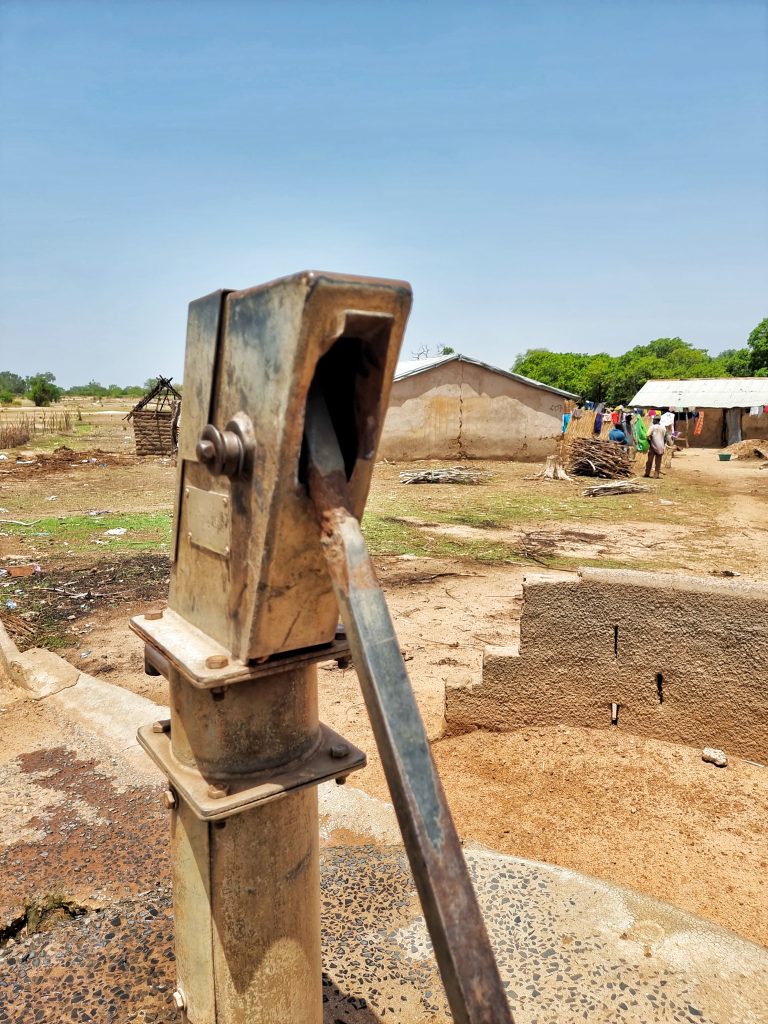
Balangharr Jalato Ndery (GPS Coordinates: N13ᴼ39.614 W015ᴼ24.590) Estimated population: 400
We will replace the cylinder and conversion head; we will add extra ground concrete to the base, concrete water trough, hand washing station.
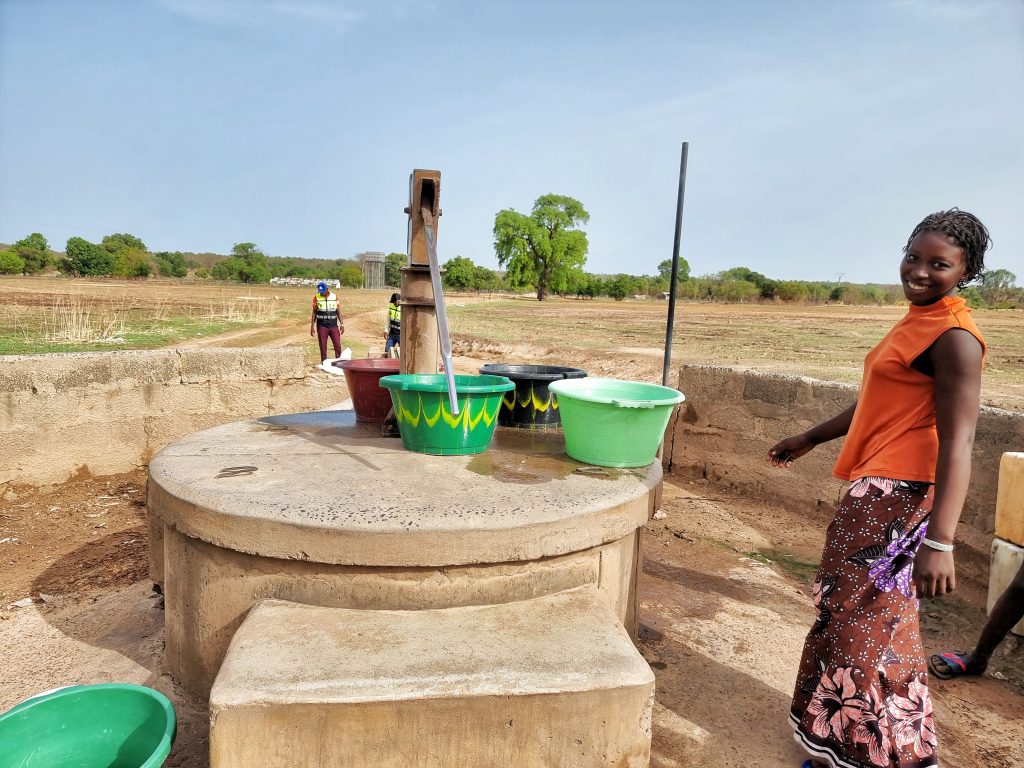
Balangharr Kerr Majara (GPS Coordinates: N13ᴼ40.395 W015ᴼ23.663) Estimated population: 300
We will replace the cylinder, the conversion head, and the check nuts, add extra ground concrete, and install a handwashing station.
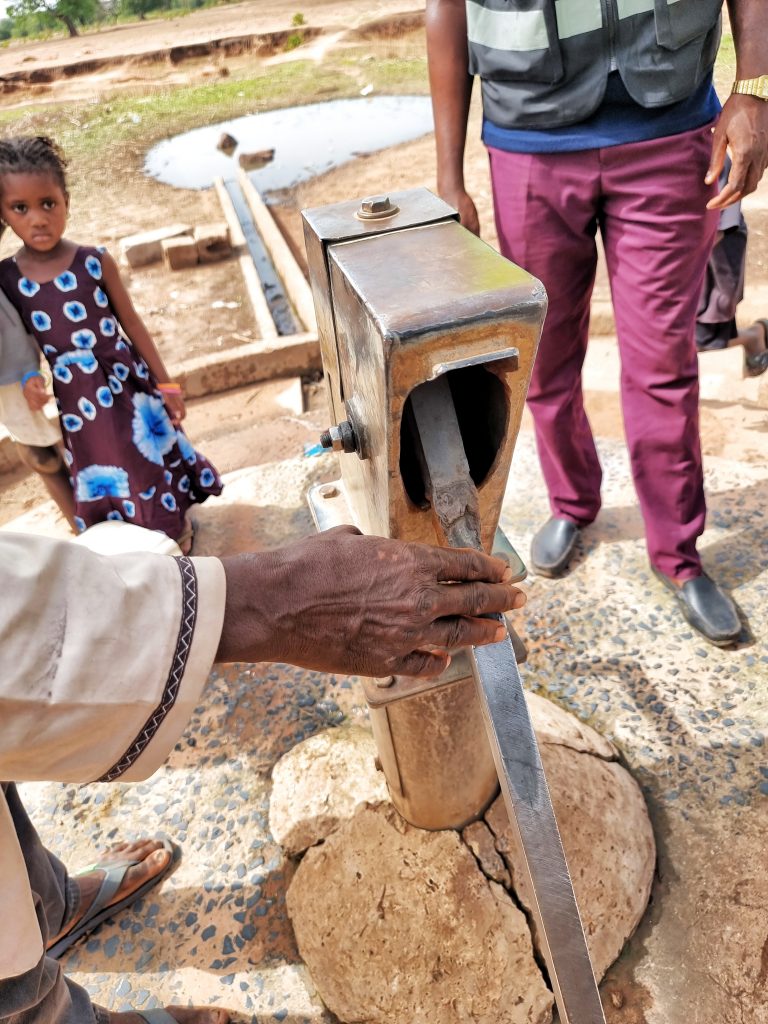
Gungurr Tukulor (GPS Coordinates: N13ᴼ42.669 W015ᴼ22.786) Estimated Population: 300
After dewatering and sanitizing the well, we will replace the cylinder, conversion head, centralizer, check nuts, and pedestal. We will add extra ground concrete to the base, and construct a concrete watering trough for the village ruminants and install a handwashing station.
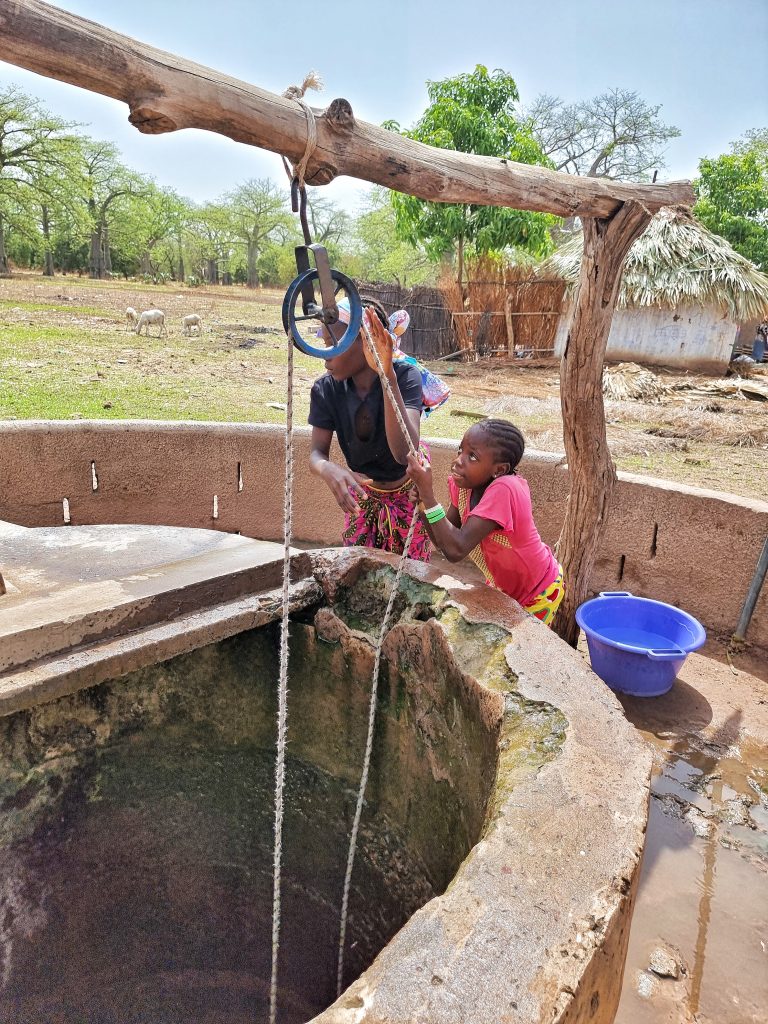
Ballanghar Kerr Nderry (GPS Coordinates: N13ᴼ39.878 W015ᴼ23.746) Estimated Population: 1,800
We will re-dig, de-water and sanitize the well. We will then re-pour the concrete slab and replace the cylinder, install seven stainless steel pipes, add extra ground concrete to the base, construct a concrete water trough, plus a handwashing station.
Simbara Khai (GPS Coordinates: N13ᴼ44.228 W015ᴼ20.614) Estimated population: 800
After de-watering and sanitizing the twin handpump-equipped well, we will replace the two cylinders, two conversion heads, 2 stainless steel pipes, and check nuts; we will construct a concrete watering trough for the village livestock, as well as install a handwashing station.
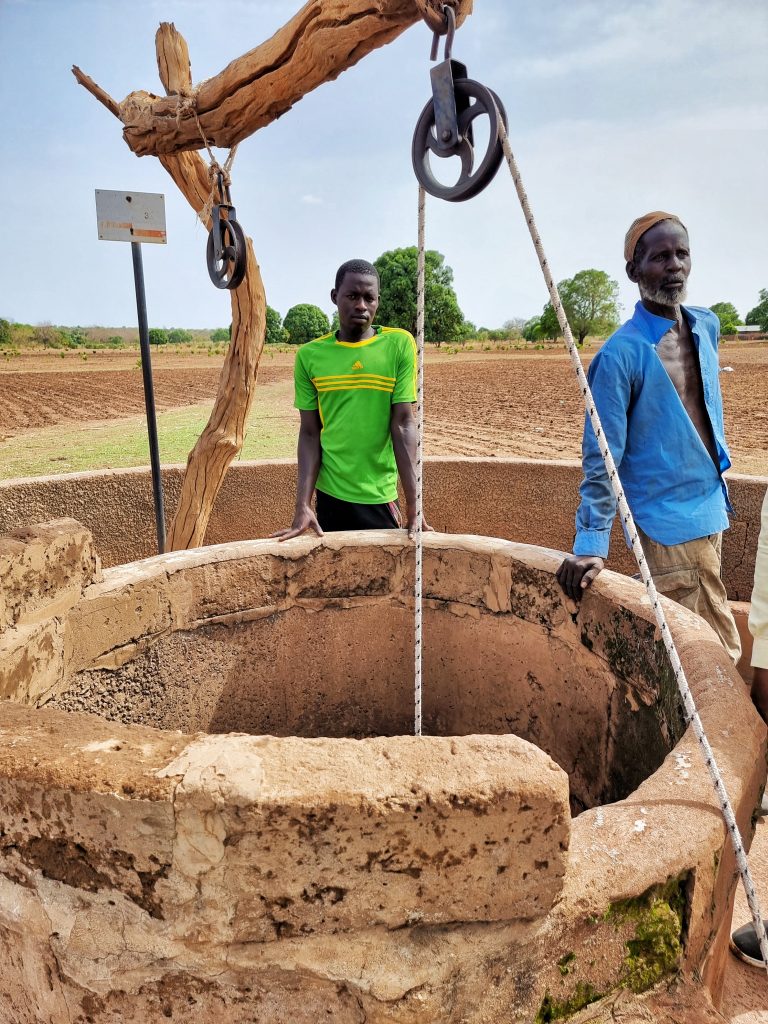
Buduck Village (GPS Coordinates: N13ᴼ42.339 W015ᴼ22.018) Estimated Population: 200
After de-watering and sanitizing the well, we will replace the cylinder, the concrete slab, and five stainless steel pipes; we will add extra ground concrete to the base, construct a concrete water trough, plus a handwashing station.

Jimbala Felngo (GPS Coordinates: N13ᴼ44.175 W015ᴼ22.804) Estimated population: 850
We will replace the cylinder, the conversion head, and the concrete slab; we will construct a concrete water trough, plus a handwashing station.
All these projects include costs for hand washing stations in each community as part of Water Charity’s efforts in fighting COVID-19 and promoting community hygiene.

See our Lower Saloum District Handpump Repair Tour Phase 1—The Gambia
To read details about the conclusion report, CLICK HERE.